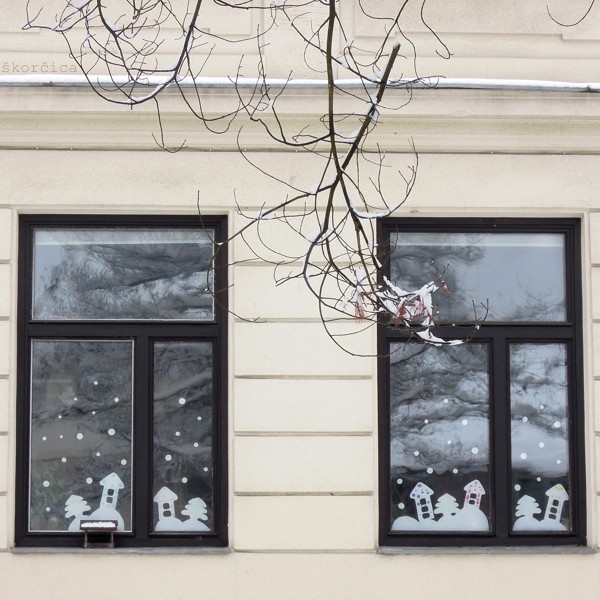




Kaj praviš na nageljčke? je vprašal Miro. Jaaaa! sem odgovorila jaz. In je bilo zmenjeno. :)
Namreč, pri izdelavi raznovrstnih domačih testenin, kot tudi tokratnih polnjenih žepkov, ki sva jih namenila za darilo, ostaja, pa če se še tako trudiš, da ne, cel koš obreznin, iz katerih potem Miro scopra takele oblike, ki sva jim končno našla ime.
(Ah ja, seveda sva, po tem, ko sva darilo že oddala, na eni od nalepk opazila slovnično napako. Kako me to jezi!)
Mmmm, v kozarcu nageljni, na prtu sončnice – ali to morda napoveduje pomlad? :)
What do you say about nageljčki [=little carnations]? Miro asked. Jaaaa! was my answer. And so we had a deal. :)
Namely, when preparing home made pasta, just like we did cheese ravioli for a birthday present here in this post, there are, even if you try to avoid it, some dough leftovers from which Miro designs such simple pieces of pasta that finally got a proper name. Additional interesting fact is that a red carnation is our country's national flower.
(The dough is made of half spelt and half wheat flour, home eggs and home olive oil.)
Mmmm, carnations in the jar, sunflowers on the table cloth – does this forecast spring perhaps? :)















































































